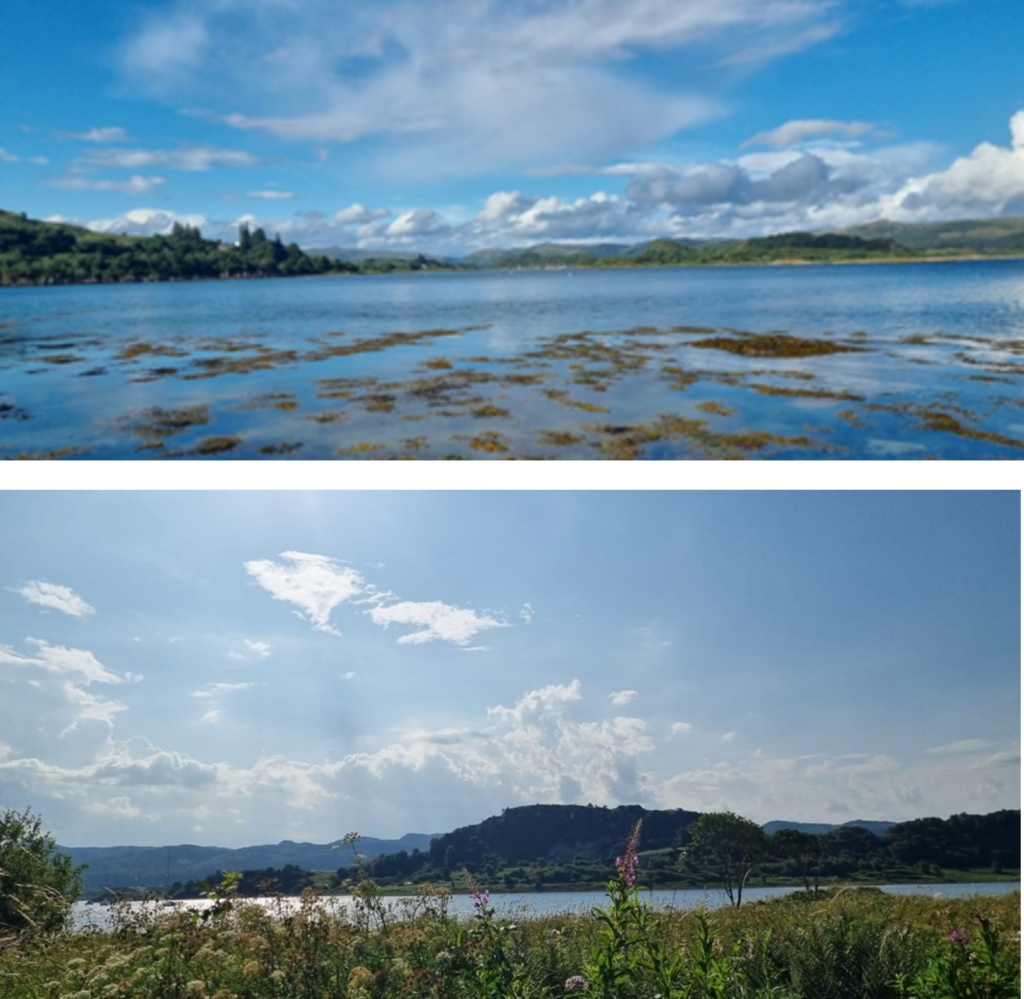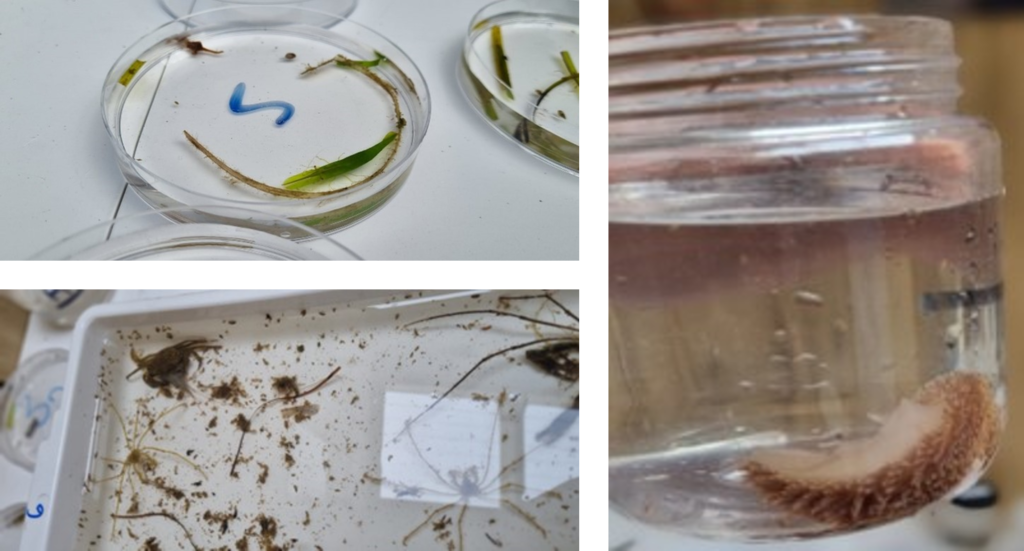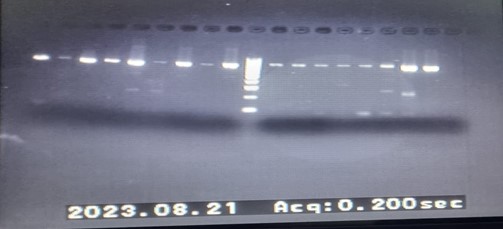Author: Fariha Ibnat, BSc Computer Science, University of Aberdeen
Project: Establishing DNA barcode reference libraries for biomonitoring and species discovery on UK seagrass beds
Supervisor: Kara Layton & Ethan Ross, School of Biological Sciences, University of Aberdeen
Hello, I’m Fariha, a BSc computer science student. At the end of my first year, I came across an Instagram post about this placement opportunity and was instantly thrilled to apply. It seemed like an incredible chance to dive into the world of marine biology. While I had a basic background in biology due to my previous study in high school, my knowledge of marine biology was quite limited. However, concepts like barcoding, DNA extraction, and PCR immediately piqued my interest, so I decided to go for it.
As a computer science student, I lacked experience in this field, but my eagerness to learn drove me. Throughout the placement, I had the privilege of working alongside a second supervisor, and I gradually gained the confidence to perform some tasks independently. My placement commenced with an exciting field trip to Loch Craignish, where we collected samples for, my second supervisor, Ethan Ross’ PhD project. On the first day of the trip, we spent the morning preparing the necessary materials for our excursion. Despite feeling a bit cramped in the car, we successfully reached our destination. I had the pleasure of meeting other PhD researchers during this trip and learning about their projects too. The following day, we had an early start as we prepared to collect our samples at the designated location. After we collected the samples, our next challenge was to sift through them and identify the species present. This may sound straightforward, but it’s surprisingly challenging, especially when you’re looking for species as small as 0.5 mm amidst sediments and seagrass. Once we’d gathered all the samples for the day, we placed them under the microscope to identify and photograph each specimen before preserving them in ethanol to prevent DNA degradation.


On the second day, following the collection of water samples, we utilized a water pump system to collect environmental DNA (eDNA). This method captured the free-floating DNA released by organisms living amongst the seagrass to identify the animals living on the beds. We made a conscious effort to maintain our distance from the samples, as they are prone to contamination quite easily. Subsequent days closely mirrored the activities of the first day.
During the field trip, I also learned some valuable lessons regarding how research works in terms of finance. It’s not easy, and researchers need to complete their work within a certain amount of time and budget that is provided to them.
Upon our return from the field trip, we transitioned to the lab work phase. Initially, I found it rather uninteresting, but as I took on more responsibilities, it surprisingly became quite enjoyable and engaging as it requires a lot of attention to details.
In the lab, Ethan patiently taught us how to do DNA Extraction and PCR step by step. They’re not too tricky, but you really have to follow the instructions carefully. For DNA extraction, we used a kit that came with detailed directions, and we made sure to stick to those instructions.
My favourite part was working with PCR, which I’ve done quite a bit—more than 150 times in the last two months! PCR might sound complicated, but it’s actually pretty straightforward. The key is to make sure you have all the stuff you need ready to go, and it helps to write down the order of the specimens you’re working with. This way, if anything goes wrong, it’s easier to figure out and fix the problem.






















































